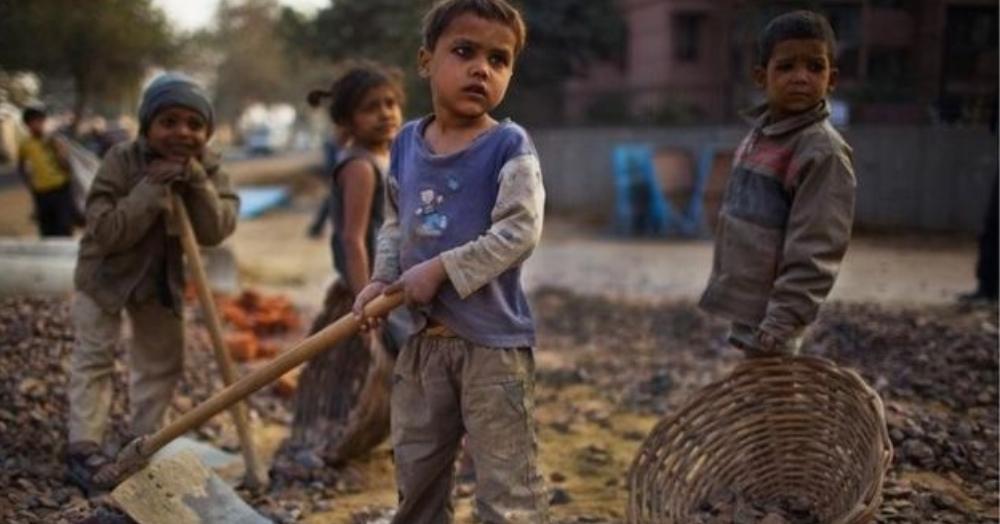How many times have you witnessed a child working as domestic help in homes, or at dhabas? Once, twice, more times? The chances are that it’s more often than we care to believe. According to a UN report, there are 152 million kids in India working as child labourers. These children, who should be in school, are clearing dishes, cleaning up after adults and growing up without any education.
On World Day Against Child Labour, let’s look at this problem and understand why it’s important to put an end to it.

Source: Hindustan Times
Understanding Child Labour
Child labour deprives children of their childhood, their potential and their dignity, and is harmful to their physical and mental development. According to the ILO (International Labour Organization), any work that is mentally, physically, socially or morally dangerous and harmful to children under the age of 14 is considered child labour. Not everything is defined as child labour, but if any work is interfering with their education, or stopping them from going to school, then it’s harmful to their progress and can be considered child labour. Helping around the house or earning pocket money from household chores is not child labour.
Child Labour Laws In India

Source: Civil Society
The Child Labour Prohibition (And Regulation) Act 1986 in India, after recent changes bans the employment of children below the age of 14 as domestic servants and in the hospitality trade such as in roadside dhabas, restaurants, hotels, motels and spas. They are allowed to help their families with non-hazardous occupations, a loophole that is often taken advantage of. In India, 152 million children are still child labourers, with seven out of every ten in agriculture, states the United Nations.
What Are The Child Labour Statistics In India?

Source: Ndawards
In 2017, UNICEF (United Nations International Children’s Emergency Fund) stated that 12 per cent of all children in India are engaged in some form of child labour. Moreover, 12 million Indian children, aged between 5 and 14, continue to work in dangerous occupations like construction, and the manufacture of beedis, bangles and fireworks.
These shocking statistics are the reasons that International Labour Organization (ILO) in 2002 launched the World Day Against Child Labour, annually celebrated on June 12 to ‘focus attention on the global extent of child labour and the action and efforts needed to eliminate it.’ Every year, the organisation picks a topic according to recent stats and this year the slogan of the change was – ‘Children shouldn’t work in fields, but on dreams!’ With this initiative, the UN is calling for an end to child labour in all its forms by 2025.
NGOs in India are demanding that the ban on child labour be extended to include everyone below the age of 18 since the census states that 74 per cent of child domestic workers in India are between the ages of 12 and 16.
Also Read: 8 Legal Rights Every Woman Has That You Might Not Know About!
Government’s Steps Against Child Labour

Source: FirstPost
But not at all is lost. While most families are still employing underage children, the Ministry of Labour and Employment has been making progress. They caught 2,229 violations, where the children under 14 were either employed as domestic help or in the hospitality sector. Over 38,818 inspections were carried out by state governments and 211 prosecutions were filed.
As for now, the National Child Labour Project scheme has been implemented in 250 districts of 20 states of the country to make a change in the current stats. Under this scheme, children withdrawn from work are provided education, nutrition, vocational training, stipend and health care, and are finally mainstreamed to the regular education system.
Featured Image: BBC
Also Read: According To Reuters, India Is The Most Dangerous Country For Women
POPxo is now available in six languages: English, Hindi, Tamil, Telugu, Marathi and Bangla.
Love all things colourful and cute? Take it up a POP with POPxo Shop‘s collection of super fun mugs, phone covers, cushions, laptop sleeves and more!



